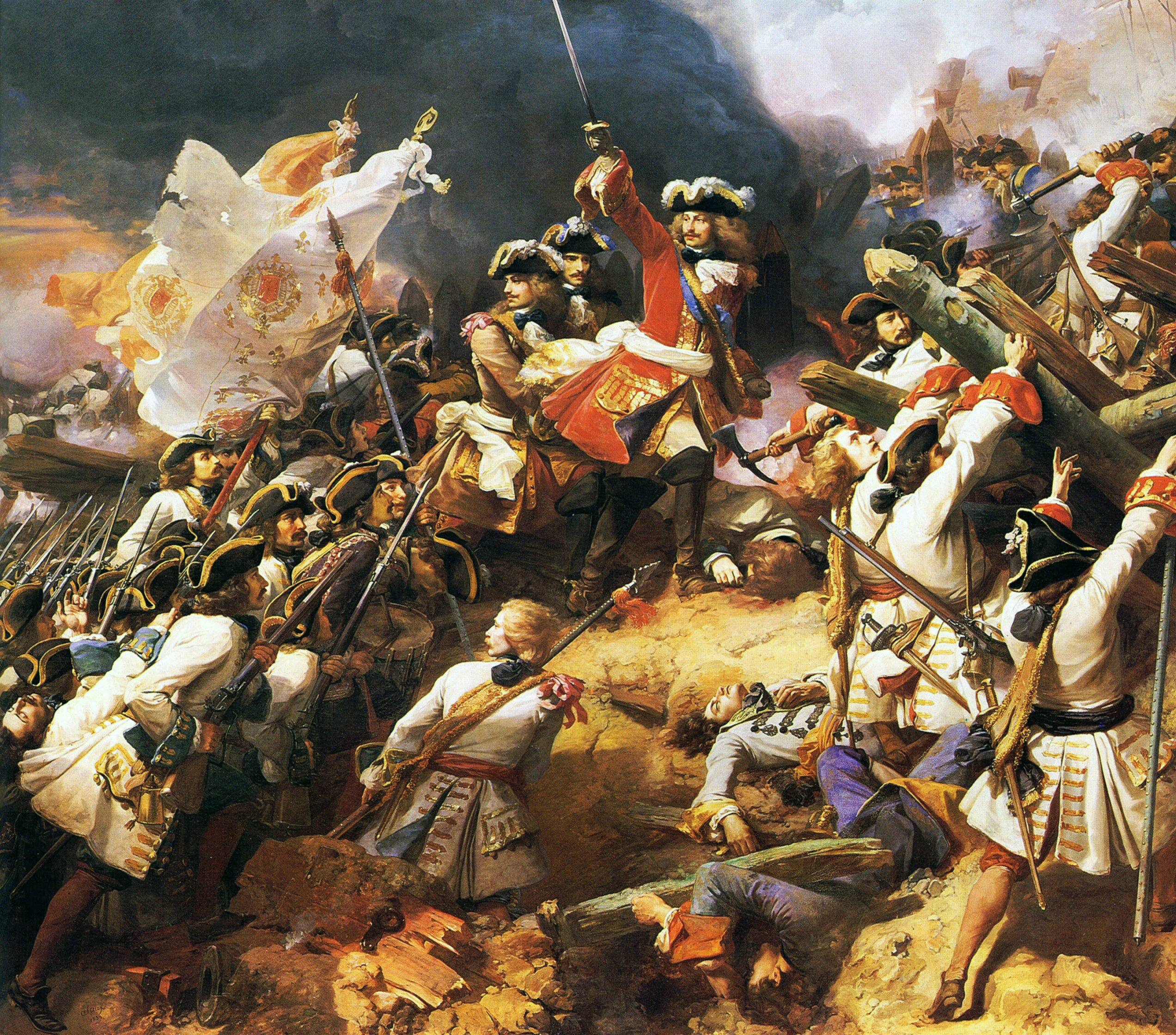|
Grand Quartier Général (1939–1940)
The Grand Quartier Général (abbreviated to GQG or Grand QG in spoken French) was the general headquarters of the French Army during the Second World War. Originally established in 1911, GQG was re-established on the outbreak of war in 1939. The original GQG had functioned from 1914 to 1919 during the First World War. In the inter-war years, the plans for activation of GQG changed considerably, with the formation switching from an offensive-oriented position near the German border at Metz in the 1920s gradually westwards. By 1938 its planned base was at the Château de Vincennes in the suburbs of Paris, from where it was expected to conduct a defensive war. Activated in 1939 upon the mobilisation of the French Army, GQG struggled with an awkward distribution of staff between Vincennes and a number of more distant towns (including the staff of the important North-East army). The French chief of staff, General Maurice Gamelin, found this situation unworkable and instituted reform ... [...More Info...] [...Related Items...] OR: [Wikipedia] [Google] [Baidu] |

